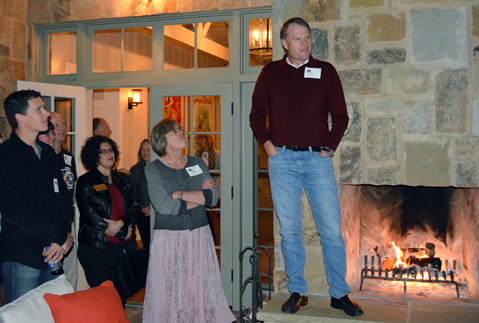Bike Sharing is Caring
Trek Leader Spearheads Santa Barbara Program

If John Burke has his way, Santa Barbara will soon join 700 other cities around the world with a bike-share program. Last Friday, Burke, the president of Trek Bicycle Corporation, met with community leaders at Chamber of Commerce offices to pitch the concept. Then, during a fundraiser for the Santa Barbara Bicycle Coalition at his Montecito home on Sunday, he made the first public pronouncement that he would put his resources into making the program a reality.
Bike shares allow users to temporarily rent bicycles from kiosks strategically located around a city and return them to a different kiosk. It costs $2.50 to rent a Citi Bike in New York City for 45-75 minutes. A $6 pass in Columbus, Ohio, will get you unlimited access for 24 hours. Monthly and annual passes are also available for most bike-share programs. Some businesses in Santa Barbara, like Sonos, have internal bike fleets.
Ed France, executive director of the Coalition, which will do the heavy lifting of advocating for bike share, said, “This city is more set up for bicycles than any other city in the world.” With 30,000 people traveling to Santa Barbara to work or visit every day, he thinks there would be ample demand. Maggie Campbell, executive director of Santa Barbara Downtown, was generally enthusiastic about the possibility. “Santa Barbara is full of destinations in close proximity but not close enough to walk,” she said. Having quick and cheap access to bicycles would “expand peoples’ world” to new destinations where they may spend their money, she added. City College could easily support five stations on its campus alone, said VP of Finance Joe Sullivan, who is heading up a new Transportation Alternatives pilot program at the college. It would give students living on the Mesa access to downtown, and it would allow students who live elsewhere in the city to get to campus without choking up traffic or overloading buses.
Preliminary discussions will eventually give way to considerations of political will, financing, and concrete details like size and scale. Campbell noted that aesthetics must also be part of the conversation. “The function will have to be of equal importance to the form in a city like Santa Barbara where we have a lot of design review.”



